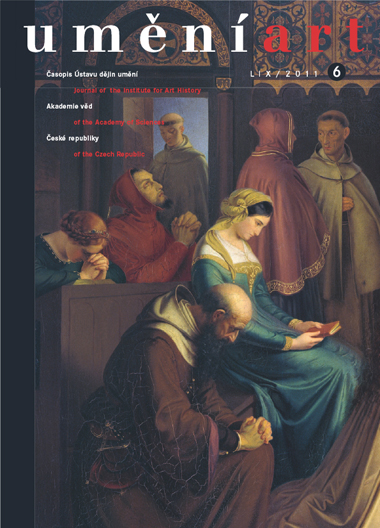Filip Suchomel
A Unique Lacquer Casket with Tea Utensils, Formerly the Property of Empress Maria Theresa
A unique lacquer casket with tea utensils was recently discovered in a private Czech collection and according to information on the bottom of the agate goblet in the collection it belonged to the Empress Maria Theresa. The object is a prime example of applied art from that period, combining an oriental, Japanese lacquer casket, produced for the European market by Kyoto lacquer craftsmen, and a European tea set of three porcelain flasks and a goblet. The porcelain flasks were created in the Viennese porcelain manufactory headed by Claudius Innocentius du Paquier probably around 1720. The goblet is made of agate and finished with a gold inscription. It is well known that Maria Theresa owned a collection of Oriental lacquer art that was unique within central Europe and later gave it to her daughter Marie Antoinette, and it is likely that this piece was part of that set. At the turn of the 18th century exotic items were the height of fashion in Europe and this expensive Japanese lacquerware is a good example of such work. Japanese and Chinese lacquerware and porcelain began appearing in the homes of the nobility around Europe alongside new European products and together they formed a harmonious unit. Because the casket discussed here had no original contents, some early porcelain products were added to it that were created to reflect contemporary European taste by the Viennese manufactory, which in its early days especially modelled its work on Japanese and Chinese originals, giving the entire set an Oriental feel. The result is an exceptionally timeless and sublime work that we can still admire today.
Full-text in the Digital Library of the Czech Academy of Sciences:
https://kramerius.lib.cas.cz/uuid/uuid:767e37ec-50a7-b7b8-c617-20840b273203
< back

